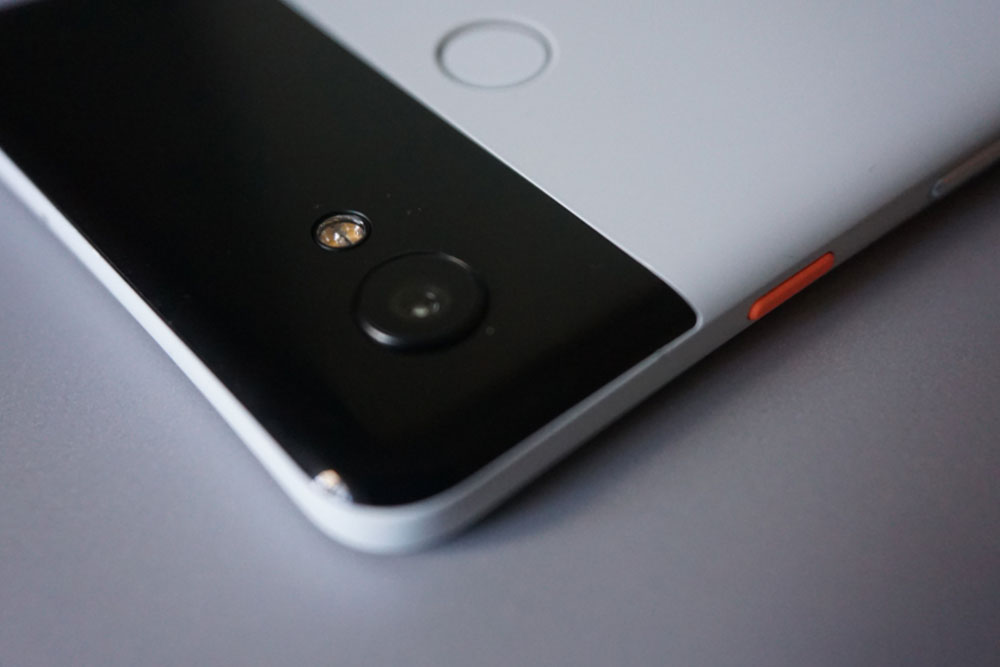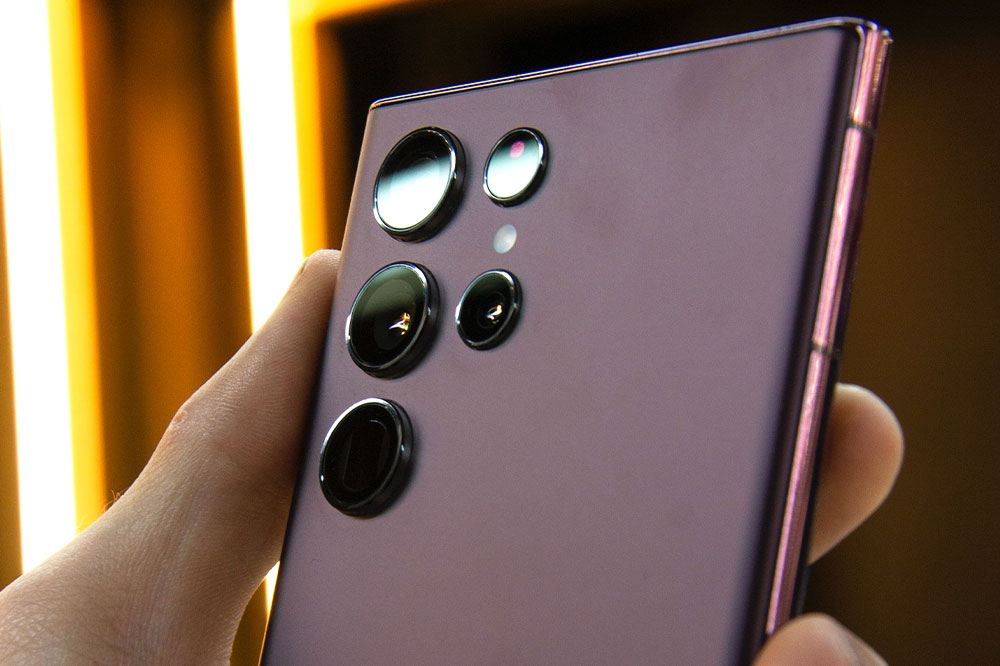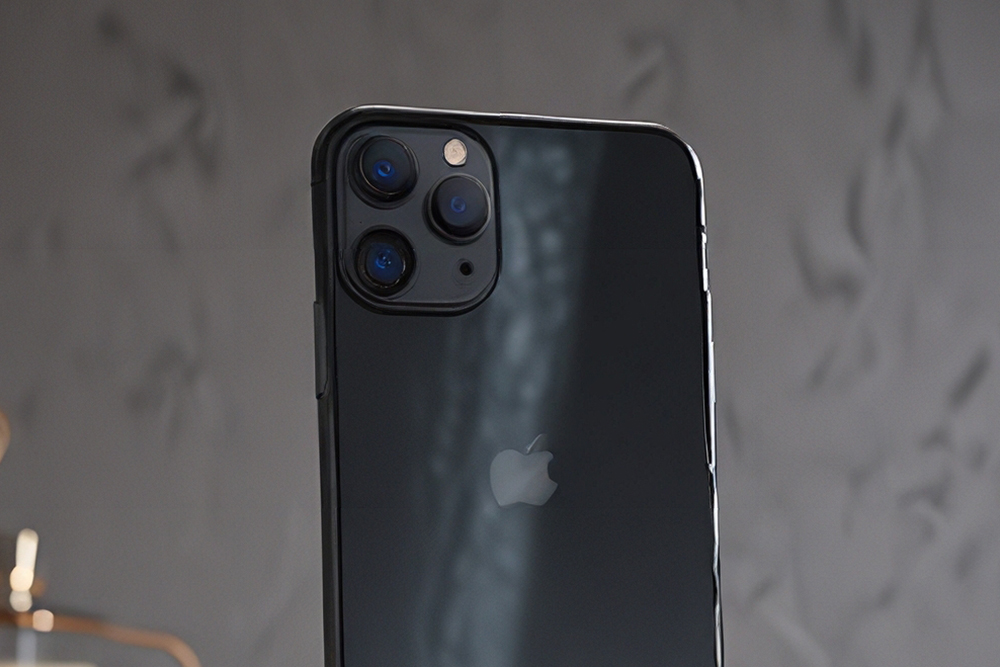Comprehensive Overview of the Latest Tablet Innovations and Market Trends
Explore the evolution of tablets, key brands driving innovation, competitive strategies, essential features, pricing tactics, and upcoming releases. This comprehensive overview highlights how market leaders like Apple and Samsung continue pushing technological boundaries to meet diverse consumer demands in a rapidly evolving industry. Whether you're a tech enthusiast or a potential buyer, understanding these trends helps you make informed decisions about the best tablets available today and in the near future.

Comprehensive Overview of the Latest Tablet Innovations and Market Trends
In-Depth Analysis of the Current Generation of Tablets and Industry Developments
Tablets have become an integral part of our daily lives, extending beyond mere entertainment to encompass work, education, and productivity. Despite their popularity, the inception of tablets dates back over five decades. The concept was first envisioned by renowned computer scientist Alan Kay in 1968, who proposed the idea of a flat, portable device called the Dynabook, aimed at enhancing personal computing. Over the decades, countless companies have contributed to the evolution of tablet technology, leading to today’s highly advanced and versatile devices. Major players such as Apple, Samsung, Microsoft, Google, Lenovo, Asus, Huawei, and others have continually pushed the boundaries of what tablets can do through relentless innovation and adaptation to consumer needs.

Understanding the current market landscape requires a look into leading brands and their strategies.
Major global tablet manufacturers include:
**Apple**: Despite experiencing fluctuations in sales, particularly around 2015, Apple remains a dominant force in the tablet industry. The brand maintains its reputation by adhering to its core philosophy of innovation and design excellence, encapsulated in the motto ‘Think Different’. The company’s continuous updates and the introduction of new features ensure its leadership position. The iPad remains a symbol of premium quality and user-friendly experience, targeting both consumers and professionals.
**Samsung**: As an electronics powerhouse, Samsung leveraged its considerable success in smartphones to boost its tablet lineup. Samsung launched its first Galaxy tablet in September 2010, mere months after Apple introduced the first iPad. Using the Android operating system, Samsung offers an alternative to Apple’s ecosystem, with devices that are often more affordable yet packed with powerful features. Their range covers everything from budget-friendly models to high-end tablets equipped with advanced display technology and stylus support.
Though operating on different systems, both Apple and Samsung continue to foster innovation to capture diverse consumer segments.
Other significant players shaping the tablet landscape include:
**Amazon**: Known for their budget-friendly Fire HD series, Amazon has built a strong presence in the entry-level tablet segment, appealing to budget-conscious consumers and educational markets.
**Lenovo**: Offering devices on Windows and Android platforms, Lenovo aims to provide versatile options suitable for productivity, gaming, and general use, expanding their market reach.
**Huawei**: A leading Chinese manufacturer, Huawei produces smartphones and tablets with notable models like the MediaPad X2, blending affordability with innovative features.
**Others**: Microsoft, Asus, Google, Nvidia, and HTC continue to innovate in niche segments, including detachable tablets, gaming-focused models, and enterprise solutions.
Strategies for staying competitive in the dynamic tablet industry include:
Innovation and differentiation remain critical, especially as first-mover advantages diminish. Companies constantly seek new features, designs, and functionalities to stand out.
Building and maintaining customer loyalty is challenging amid fierce competition, requiring continuous engagement and product support.
Both vertical innovation (product improvements) and horizontal innovation (expanding product lines or ecosystems) are vital to staying relevant.
Understanding evolving consumer needs and preferences enables companies to tailor their offerings effectively. For instance, Microsoft’s focus on 2-in-1 tablets with detachable keyboards addresses productivity demands better than traditional models from competitors.
What should consumers look for when choosing a tablet?
Performance and usability are paramount. Features such as processing power, operating system, and multitasking capabilities influence user experience.
Battery life is a decisive factor due to the increasing reliance on portable devices for extended periods.
Screen size and quality determine visual experience and portability. Too small screens may impair productivity, while overly large screens might be inconvenient for mobility.
RAM capacity directly impacts multitasking and overall performance; higher RAM is generally advantageous.
Pricing strategies in the tablet market
Premium pricing is common among top-tier brands, leveraging brand prestige and advanced features to command higher prices.
Pricing factors include material costs, manufacturing expenses, retail markup, and profit margins, all influencing the final retail price.
Strategic pricing often involves offering a range of products at varying price points to wider audiences, alongside periodic price adjustments with new product launches to optimize sales.
Companies utilize promotional campaigns and bundle offers to attract different customer segments.
Upcoming tablets worth watching
**Lenovo Tab 4 10 Plus**: Anticipated release in September 2017, expected to include enhanced display and performance features.
**Amazon Fire HD 10**: Set for launch in September 2017, aiming to improve on previous models with better processing power and display quality.
**Samsung Galaxy Tab A 8.0**: Also releasing in September 2017, focusing on affordability combined with decent performance for everyday use.





